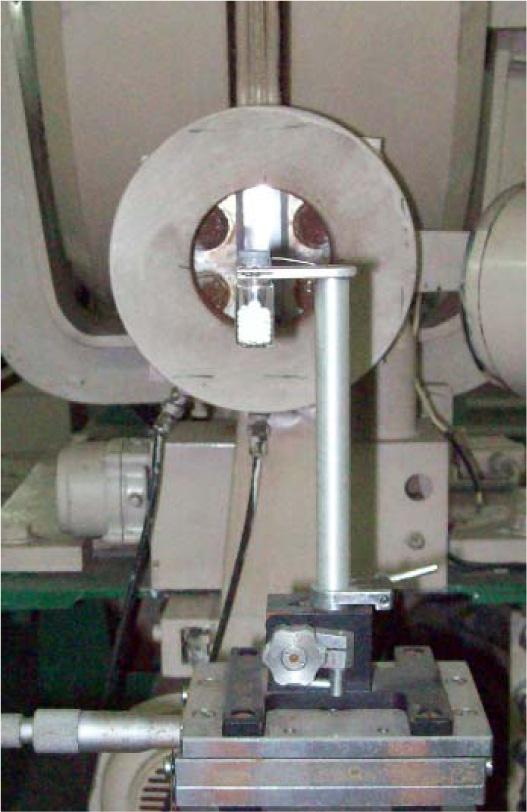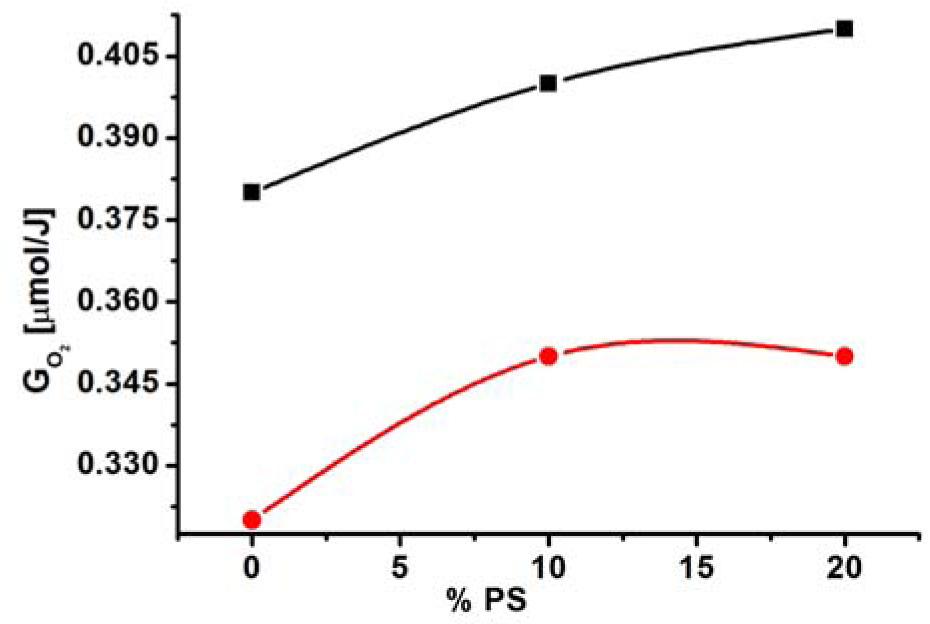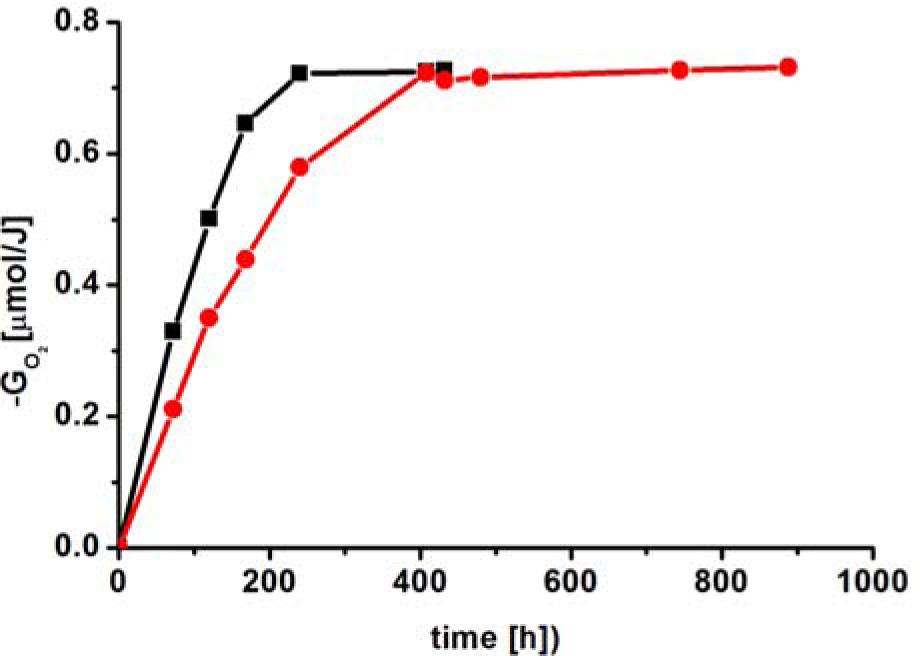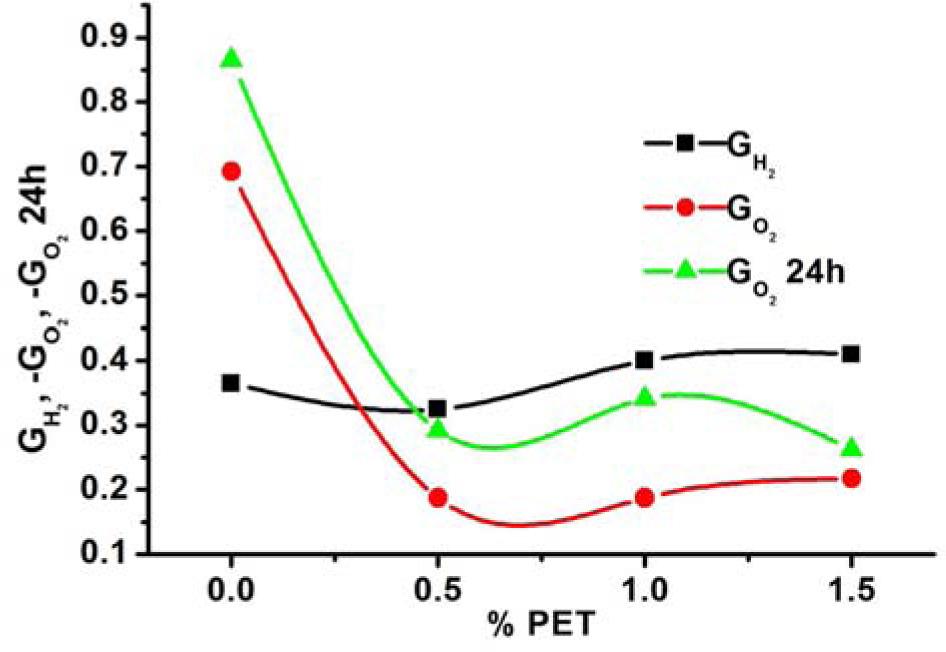Fig. 1
![Radiation yields of H2, O2, and CO in the function post-irradiation time (PP) [7].](https://sciendo-parsed.s3.eu-central-1.amazonaws.com/647260fc215d2f6c89dc6350/j_nuka-2021-0027_fig_001.jpg?X-Amz-Algorithm=AWS4-HMAC-SHA256&X-Amz-Content-Sha256=UNSIGNED-PAYLOAD&X-Amz-Credential=AKIA6AP2G7AKOUXAVR44%2F20251128%2Feu-central-1%2Fs3%2Faws4_request&X-Amz-Date=20251128T143809Z&X-Amz-Expires=3600&X-Amz-Signature=2a00a2ff73e3d50ea54cfe1379b804453fd3708c35eb809c539451aa2319949b&X-Amz-SignedHeaders=host&x-amz-checksum-mode=ENABLED&x-id=GetObject)
Fig. 2

Fig. 3

Fig. 4

Fig. 5

Fig. 6

Fig. 7

Fig. 8

Fig. 9

Fig. 10

Yields (G) of gaseous products in radiolysis of PP powder soaked with solutions of aromatic compounds_ Analyses were made after irradiation (0_5 h) and after 24 hours (24 h)
| Addition | GH2 | GO2 | GCO (μmol/J) | GO2 | GCO |
|---|---|---|---|---|---|
| 0.5 h | 24 h | ||||
| PP | 0.377 | −0.558 | 0.033 | −0.609 | 0.100 |
| Anthracene | 0.299 | −0.521 | 0.030 | −0.608 | 0.063 |
| Fluoranthene | 0.274 | −0.492 | 0.026 | −0.584 | 0.059 |
| Acenaphthene | 0.263 | −0.529 | 0.005 | −0.610 | 0.017 |
| Pyrene | 0.215 | −0.525 | 0.015 | −0.603 | 0.051 |
| Naphthalene | 0.270 | −0.431 | 0.012 | −0.565 | 0.023 |
Estimation of the protective range of PS in the radiolysis of PP for samples: A, B, C
| Polymer | % PS | Protective range (mers) | ||||||
|---|---|---|---|---|---|---|---|---|
| GH2 | GCO | GCH4 | GO2 | H2 | CO | CH4 | O2 | |
| A | 25 | 20 | 25 | 30 | 7 | 10 | 7 | 6 |
| B | 15 | 8 | 8 | − | 14 | 28 | 28 | − |
| C | 10 | 11 | 15 | 15 | 22 | 20 | 14 | 14 |